B-- Breakfast L-- Lunch D-- Dinner
-
Day 1 Paro Arrival & Driving to Thimphu / About 1.5 hours’ Driving (L, D)
Welcome to Bhutan, the Land of the Thunder Dragon! Upon arrival, you will be greeted by your local travel guide and driver, and then be escorted to Paro Town to start your wonderful journey.
You will firstly visit Bhutan National Museum where you are going to learn a crash course in Bhutanese rich culture and history. There are many impressive collections displayed in its five galleries, including traditional thangkas, festival masks, religious statues, interesting carvings, etc. Your next attraction is Rinpung Dzong, also known as Paro Dzong, which is reputed as the finest example of Bhutanese dzong. After appreciating these charming architectures in Rinpung Dzong, you could take a leisure walk through cantilever bridge and to Paro Town and witness national game archery, which is played almost every day on the ground. After the sightseeing, drive about 1.5 hours to Thimphu, the capital of Bhutan Kingdom, for accommodation.
Arrival Ideas: 1) you are able to take an international flight from Kathmandu (1 hour), Kolkata (1 hour), New Delhi (2.5 hours), Guwahati (55 minutes), Siliguri (30 minutes), Bangkok (3 hours), Singapore (5 hours) and some other cities in India in peak seasons; 2) so far, all the flights to Paro depart and arrive in the morning.
Accommodation: Accommodate in Thimphu
-
Day 2 Thimphu Sightseeing & Driving to Punakha / 80km, about 2.5hrs' Driving (B, L, D)
This morning you will start the day by visiting the National Memorial Chorten (shrine), a monument dedicated to the past 3rd king of Bhutan, Jigme Dorji Wangchuck. More than a memorial stupa, it is also one important religious center for Bhutanese daily worship. Then go to visit Traditional Painting School, a school where students are taught to make Bhutan’s 13 traditional arts and crafts, like painting, woodcarving, embroidery, statue-making and so on. Next, go to National Textile Museum which is a good place to display textile weaving – Bhutan’s living national art. You can not only feast on the beautiful costumes, but also learn about the type of textiles, the styles of local dress and the techniques of weaving. Last activity of today is visiting the national animal - Takin in Motithang Takin Preserve, a unique looking animal with the head of sheep and body of cattle.
Leaving Thimphu, drive through a forest of pine and hemlock, up to cross over the Dochu La Pass (Alt: 10142ft/ 3,050 m). From the place, you can enjoy the panoramic views of the majestic Himalaya Mountains. Keep driving along the winding road to the fertile valley of Punakha (Alt: 4430ft/ 1,350 meters).
Accommodation: Accommodate in Punakha Town.
-
Day 3 Punakha to Phobjikha / 80km, about 3 hours (B, L, D)
After breakfast, you will go to visit Punakha Dzong, situated between Pho Chhu and Mo Chhu (male and female rivers) and featuring in three docheys (one more than other dzongs). With white-brilliant walls, red roofs and the surrounding charming nature, Punakha Dzong is praised by as the most beautiful one in Bhutan’s 21 Dzong. When the spring comes, the surrounding lilac jacaranda trees in blossom make Punakha Dzong more impressive.
Next, you will drive toward Phobjikha Valley. In route, you will get amazed by the beauty and serenity of the rich flora and fauna. When you reach Lawala Pass, you may spot some Yaks grazing in high altitude bamboo shrub along the road. Crossing the pass, you will descend to Gangtey Goempa, an important monastery of Nyingmapa school of Buddhism located on a forested hill overlooking the entire Phobjikha Valley. The whole complex of Gangtey Goempa is made up of central monastery, monks’ quarters, guesthouse and meditation centers.
Then you will pay a visit to Black-Necked Crane Information Center where you can learn much knowledge of the cranes and their living environment from the informative displays. If you visit Phobjikha Valley in November ~ January, you are able to see many black-necked cranes as well.
Accommodation: Accommodate in Phobjikha.
-
Day 4 Phobjikha to Trongsa / 84km, about 3hrs and 20mins' driving (B, L, D)
Today, you will continue driving to your next destination – Trongsa – the center of Bhutan historically and geographically. Enjoying a typical alpine environment, Trongsa is grown with various bush rhododendron trees and dwarf bamboos. In the valley, your eyes will be caught by the huge fortress of Trongsa Dzong. The first two kings both ruled Bhutan from Trongsa Dzong, so it becomes a tradition that the crown prince serve as Trongsa Penlop before acceding to the throne. In the dzong, there are 23 independent lhakhangs. You will visit some of them to enjoy the fine design and exquisite decoration.
After that, you will turn to the old tower of Trongsa, present Royal Heritage Museum with five floors exhibiting the precious Buddhist arts and royal collections. Like a copy of Padma Kathang (a biography of Guru Rinpoche written by his consort Yeshe Tshoyel), 500-year-old jacket of Ngagi Wangchuk and the football boots of fourth king.
Accommodation: Stay overnight in Trongsa.
-
Day 5 Trongsa to Bumthang / 56km, about 2 hrs and 40mins’ driving (B, L, D)
You will go on with your journey to Bumthang today. The road zigazags rapidly above Trongsa but the surrounding scenery is great. As you reach Yotong La Pass (3,425m), you can see a Buddhist Stupa in Tibetan style and many colorful fluttering prayer flags. Driving downhill, you will arrive in the Chumey Valley. At Tsugney Village, witness traditional Yathra weaving.
Next, drive to Jakhar, the main town in Bumthang. Upon arrival, visit Jambay Lhakhang, a monastery built by the Tibetan King Songtsen Gampo in 659. It is said that Guru Rinpoche once visited this temple, so the Sindhu Raja renovated it after Guru Rinpoche saved his life. In the inside hall is housed the statue of Jamba, the future Buddha, with his feet on the elephant. You can also admire the elegant murals in this temple.
Accommodation: Accommodate in Jakar, the main town in Bumthang Valley.
-
Day 6 Bumthang to Wangdue Phodrang / 190km, about 7hrs’ driving (B, L, D)
Today, you will have a long drive from Bumthang to Wangdue Phodrang via Pele La Pass. The picturesque views can be seen as well. When you reach Pele La Pass (3420m), a brilliant stupa with colored prayer flags will come into your eyes. Passing through the pass, you will get to a viewing deck which offers an amazing view of Mt. Jomolhari and Jiuchu Drakye.
Accommodation: Accommodate in Wangdue Phodrang.
-
Day 7 Wangdue Phodrang to Paro/ 115km, about 3hrs’ driving (B, L, D)
Start today’s journey in the early morning with a visit to Wangdu Phodrang Dzong, where you can get a commanding view of the below valleys. In fact, Wangdu Phodrang Dzong enjoys an important status in the history as well, and it was the second capital city in the early days. Since Wangdu Phodrang is situated on the ridge, you can walk down to the bridge and have a short hiking to the village of Rinchangang. After the wonderful sightseeing, you will drive to Paro via Dochula Pass again.
Accommodation: Accommodate in Paro.
-
Day 8 Paro - Taktsang (Tiger’s Nest) / About 20mins' driving Plus 2~3hrs' Trekking (B, L, D)
Start the day with short drive to Paro’s upper valley. If the day is clear, you’ll have an unforgettable view of the “Goddess” – Mt.Chomolhari (23,640 feet).
Afterward, it’s a short drive to Taktsang trail ahead. Take a challenging but necessary 2~3 hours’ trek to Taktsang Monastery, the most famous monastery in Bhutan, also known as “Tiger Nest Monastery, because Guru Rinpoche reportedly flew to the site on the back of a flying tiger late in the 7th century. Between blue pines and a blue sky, the monastery perches miraculously on a cliff nearly 2,700 feet above Paro’s valley floor. Break along the way for tea and snacks in small tea house, and the view of both Taktsang Monastery and Paro Valley is magnificent.
Hike down the mountain, then drive back to Paro for accommodation.
Tips: 1) it takes about 2 ~ 3 hours to trek from the parking lot to Taktsang Monastery, and you could ride a horse for the first hour; 2) photography is strictly forbidden in the monastery, but you can take a nice shot on your road to Taktsang Monastery; 3) travelers have to deposit all belongings (cameras, phones or other electronic equipment and bags) at the entrance.
Accommodation: Accommodate in Taktsang
-
Day 9 Paro Departure (B)
Your journey in Bhutan comes to an end today! After breakfast, your guide will pick you up from the hotel to the airport in time for the scheduled flight to your next destination. Before that, you can take a rest at the hotel or go for a walk nearby.
Tips: Please pack your luggage carefully, especially for small things like camera charge, power adaptor, mobile phone, phone charger, wallet and towel.
Accommodation:

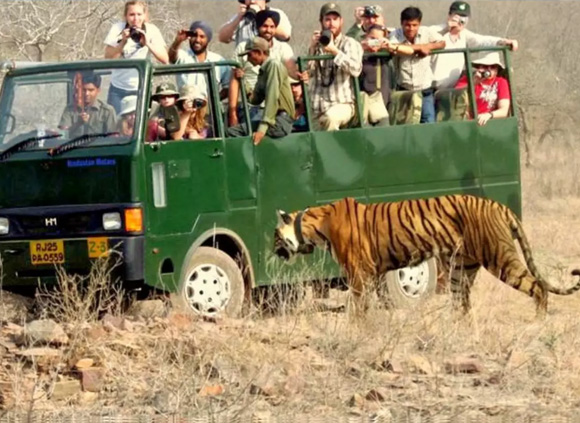 12-Day Kathmandu Overland to Tibet
12-Day Kathmandu Overland to Tibet 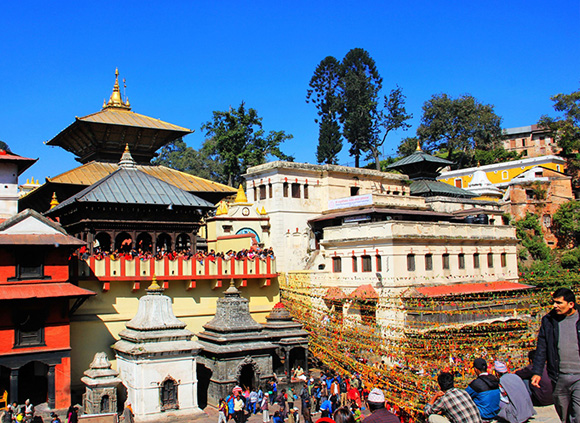 16 Days Gama Valley Trekking Tour
16 Days Gama Valley Trekking Tour 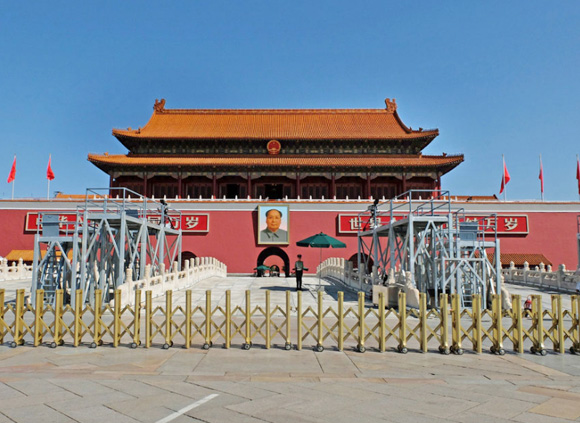 16 Days Lhasa to Everest Base Camp Biking Tour
16 Days Lhasa to Everest Base Camp Biking Tour 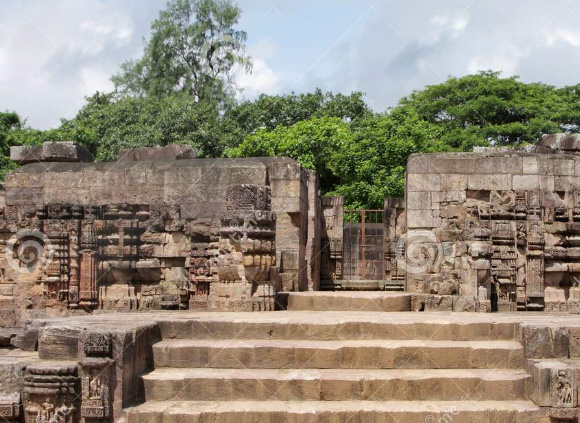 9 Days Nepal Bhutan Cultural Tour
9 Days Nepal Bhutan Cultural Tour 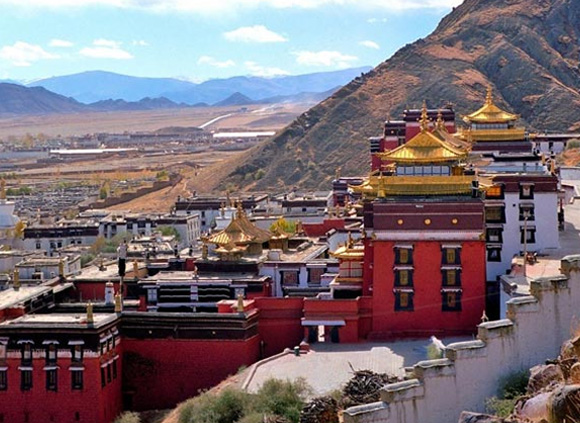 13 Days Mt. Kailash Trekking Pilgrimage Tour
13 Days Mt. Kailash Trekking Pilgrimage Tour 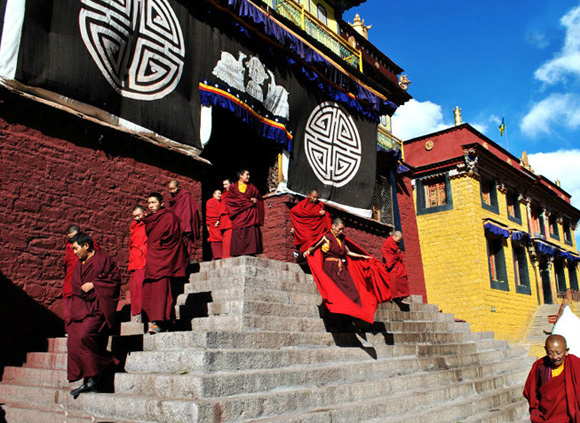 13 Days Mt. Kailash & Holy Mountain Trekking Tour
13 Days Mt. Kailash & Holy Mountain Trekking Tour 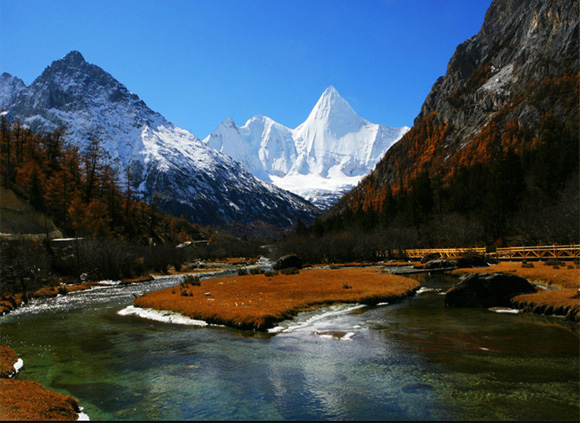 5 Days Short Trip to Explore Bhutan
5 Days Short Trip to Explore Bhutan 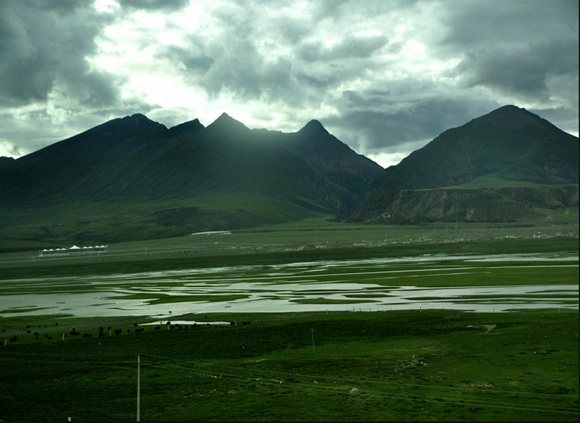 9 Days Train Tour from Chengdu to Lhasa
9 Days Train Tour from Chengdu to Lhasa 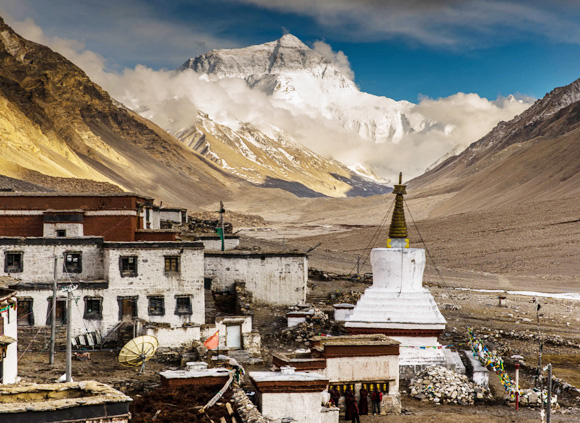 11 Days Nyingchi Peach Blossom Festival Tour
11 Days Nyingchi Peach Blossom Festival Tour 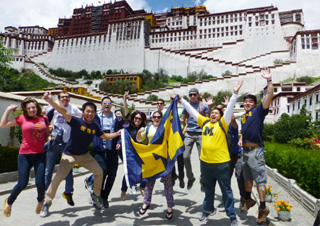
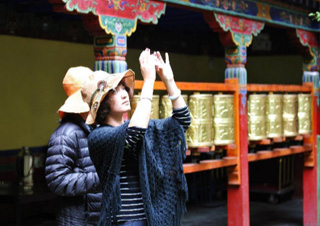
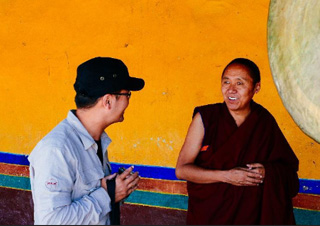
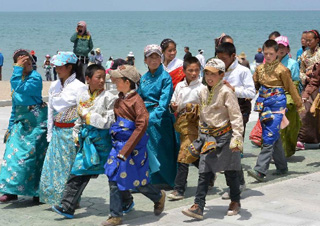
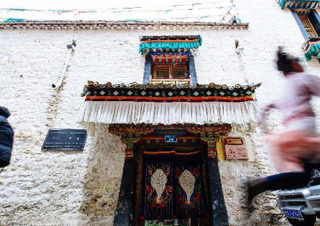
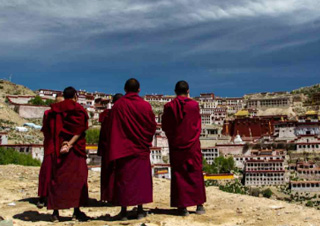
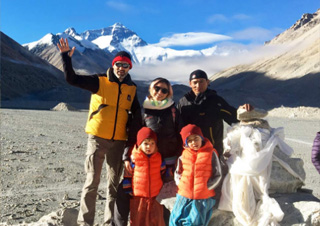
 Data in submission...
Data in submission...


